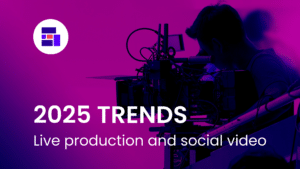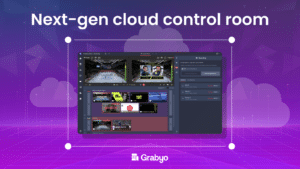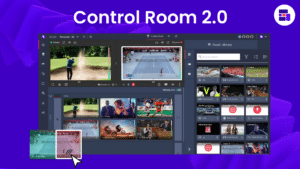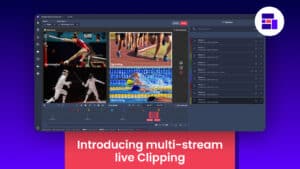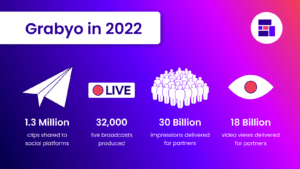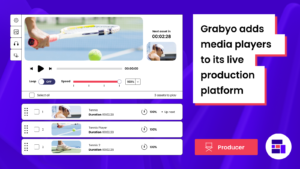Emmy’s reported record-low TV audience: Why award shows need to focus on digital video
As TV audiences continue to decline, viewing figures of the 2019 Emmy Awards reportedly dropped 33% to a record-low with a 1.6 rating in the key 18-49 demographic.
This past weekend played host to the 2019 Emmy Awards. The prestigious annual awards evening saw some big winners, from Game of Thrones to Fleabag taking home a coup of accolades.
A night of celebration for the media industry was followed by a stark reminder of where the global video industry is heading.
According to Nielsen figures, FOX’s broadcast was watched by a total of 6.9 million viewers. A 33% decline on 2018 and a new record low for both metrics.
To avoid the decline in audience figures, The Emmys went the way of the 2019 Oscars, dropping an emcee to sharpen the show’s pace.
However, it’s likely the content of the show isn’t the problem.
The Emmys’ audience shrink is symptomatic of the decline in the traditional TV viewing experience. In years gone by, families would gather around the TV to watch award shows, making sure they were at home, at a friend’s, or somewhere near a TV set.
Today, audiences just don’t do that anymore.

Global digital video trends
Using our 2019 Global Video Trends Report, we can identify why awards shows will continue to lose TV viewers and how they can reach younger audiences with digital video content.
Firstly, less people are buying broadcast packages and watching TV. Awards shows are fighting for an already shrinking audience.
Next, watching video on a TV set is becoming an increasingly tertiary choice for consumers in most countries. In the global 18-25 age group, 81% report watching video regularly on smartphones, with only 37% watching TV.
Only 10% of 18-25s like watching on satellite/pay-TV packages, while 41% like watching on social media, and 30% preferring to watch on online video platforms.
Awards ceremonies need to focus on ensuring consumers can watch wherever they are. The convenience factor cannot be understated in today’s market. Whether this is broadcasting to social media for free, or to an owned and operated platform available on mobile devices, consumers will choose to tune in if it is easily accessible in the way they want to watch.
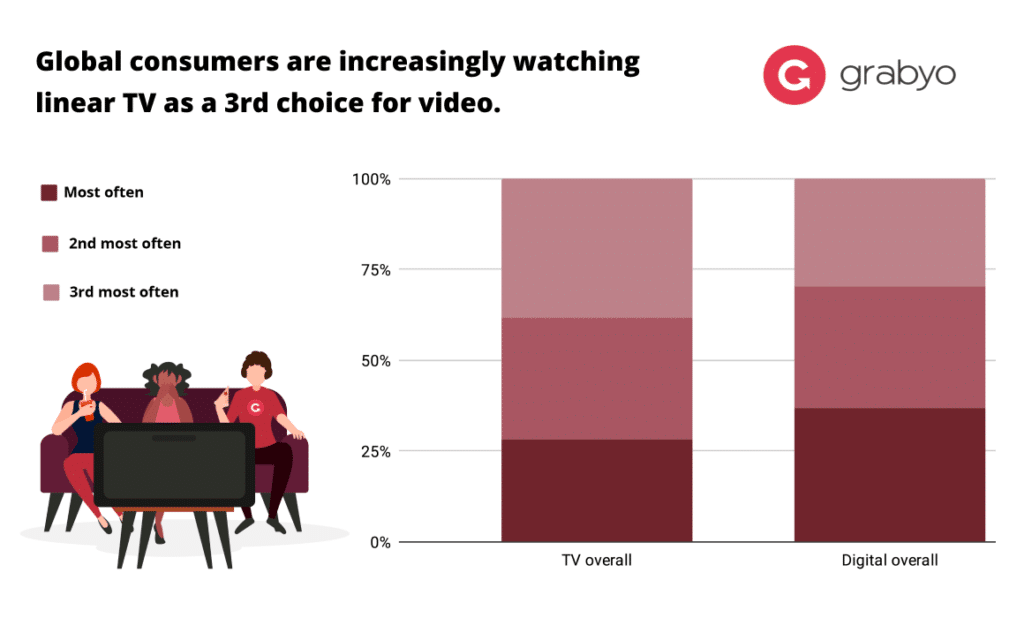
The length of awards shows almost guarantees viewers will drop in and out of the broadcast, perhaps only to see the categories they want, or because they’re busy. To reach the broadest audience and ensure viewers can access every minute of the show, awards nights also need to deliver real-time video updates across a range of social, mobile and online platforms.
Our Global Video Trends Report found that each social media platform has a considerable video audience – many users visit each platform with the intent to view video every day.
Awards shows can reach a global audience with real-time clips and live streams delivered to social media. These can be re-watched at any time of day, in any location.
Adding the ‘live’ element to clips, distributing them in real-time, can help publishers be first to market with content – creating value for sponsors, or reaching a vast audience with content.
It’s likely this storyline will become a recurring theme each year, until awards ceremonies embrace the transformation of digital video consumption and capture younger audiences effectively.
Related Blogs
Stay in touch.
Join over 10,000 media professionals and register to receive our monthly newsletter directly to your inbox!




